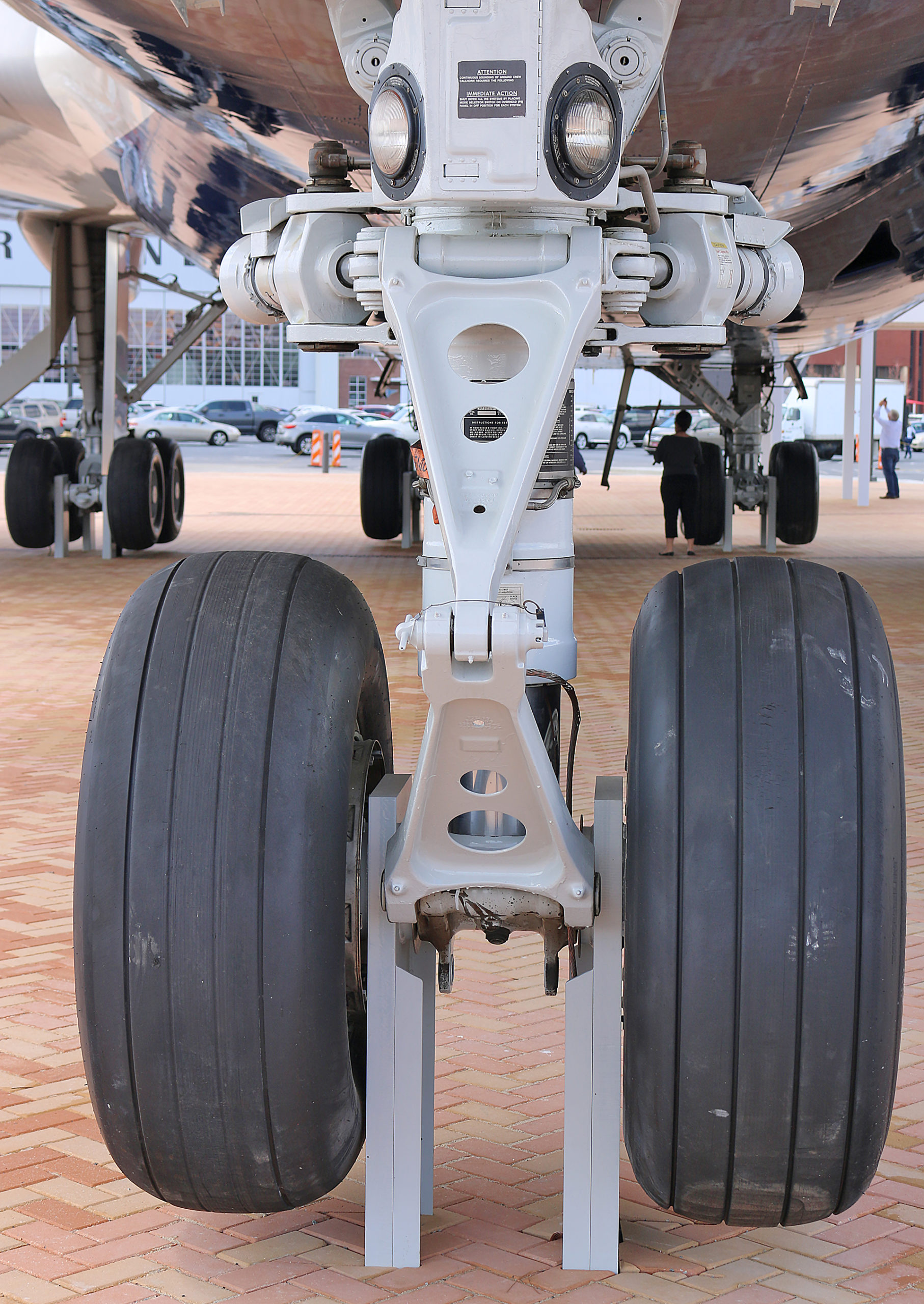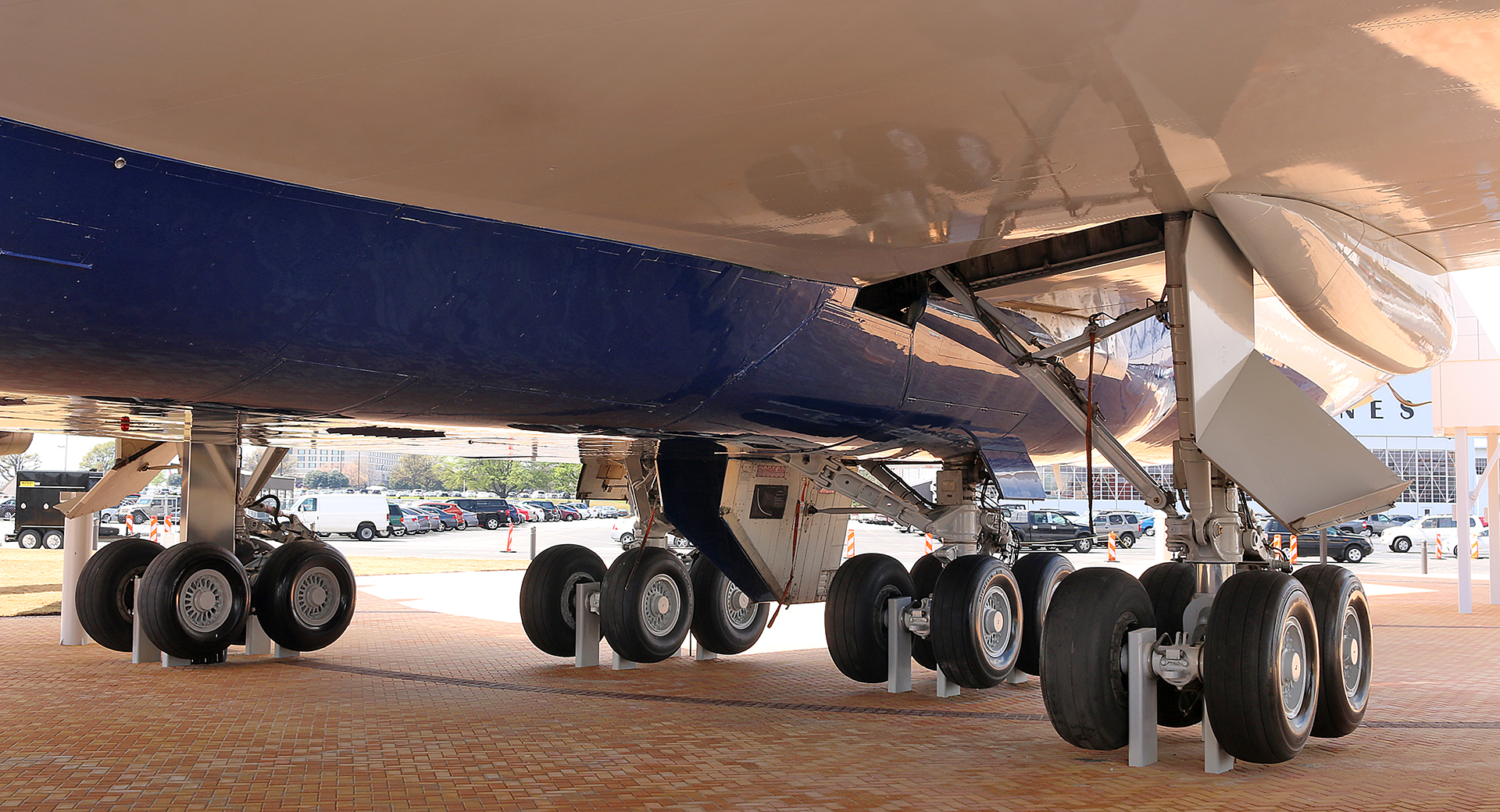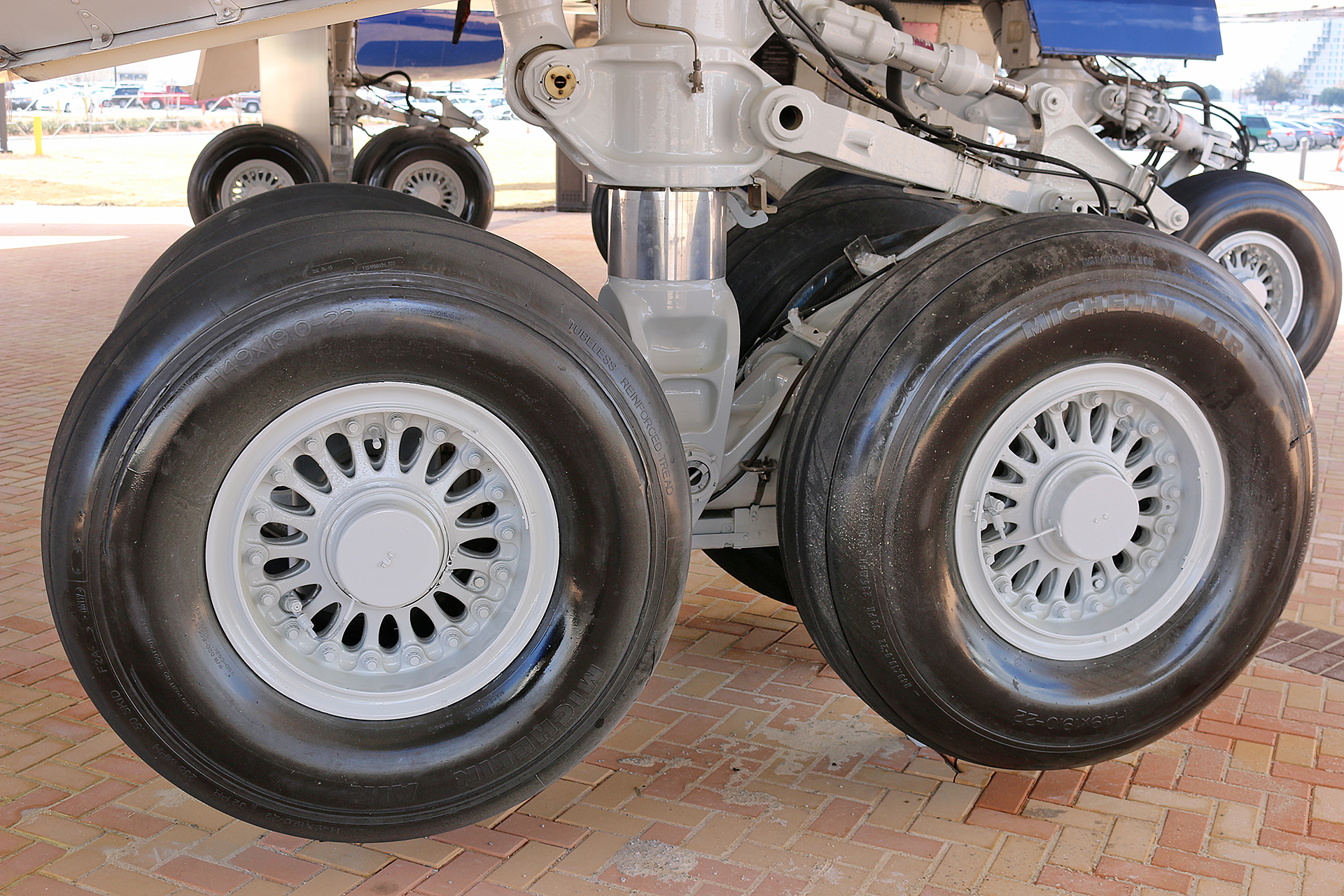Imagine the physics which are involved when up to 250 tons of machinery that is zooming along at a speed of 170 miles per hour or 270 kilometers per hour touches the hard concrete on the ground — which is what the tires on the wheels of airplanes must experience with each and every landing at the conclusion of a flight…
Why Do Airplane Tires Not Explode Upon Landing?

…so why do those tires not explode upon impact?
The tires of airplanes are manufactured with a combination of 45 inches of proprietary synthetic rubber compounds, which are paired with aluminum steel reinforcements and fabrics which are comprised of nylon and aramid; they are then pumped up with nitrogen instead of air to 200 pounds per square inch of pressure, which is greater than six times the pressure of the average car and twice as much pressure as the average truck; and they are constructed to withstand up to 900 pounds per square inch of pressure.

The wheels emit smoke upon landing because during the first moments after an airplane touches down, the tires are skidding and not rolling; and the airplane essentially drags them down the runway until their rotational velocity matches the velocity of the airplane. That is one of the reasons why grooves are used in airplane tires instead of the block patterns seen on the rubber tires of a typical car, as blocks would simply break off.

Each tire can handle a load of up to 38 tons — which is why many commercial airplanes are equipped with as many as 20 wheels. The Antonov An-225 Mriya airplane — which was the largest airplane in the world in terms of wing span and weight but was destroyed by military forces from Russia in late February of 2022 during its invasion of Ukraine — weighed approximately 640 tons, which is why its landing gear system comprised of 32 wheels.
Tires are firmer when they contain more pressure, which gives more strength to support an airplane. Nitrogen is an inert gas, which means that high temperatures and pressure changes have less effect than typical air.
After having landed approximately 500 times, they are taken out of service to be retread, which can happen up to seven times before the tire is retired from use and recycled for other purposes.
Final Boarding Call

When was the last time you heard of an incident in which the tires of an airplane exploded upon landing? If you cannot recall an incident off the top of your head, that is because blowouts of the tires of airplanes almost never occur — unlike what you might see of the tires of trucks along an Interstate highway…
…so the next time you are aboard an airplane, know that you do not need to be concerned about the tires that separate you and your fellow passengers from the ground at a high rate of speed upon impact with the runway.
Other interesting articles here at The Gate which pertain to airplanes include:
- Why Is a Tiny Hole in the Airplane Window?
- That is Not Duct Tape on the Airplane — Or Is It?
- …So Why Are Black Triangles Above the Windows?
All photographs ©2016 and ©2017 by Brian Cohen.

